7 start with H start with H
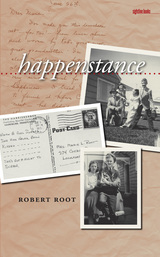
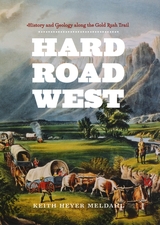
“Alternates seamlessly between vivid accounts of the 19th-century journey and lucid explanations of the geological events that shaped the landscape traveled. . . . The reader comes away with both an appreciation for the arduous cross-continental wagon journey and an understanding of the events that created such a vast and difficult landscape.”—Library Journal
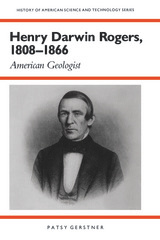
Henry Darwin Rogers was one of the first professional geologists in the United States. He directed two of the earliest state geological surveys--New Jersey and Pennsylvania--in the mid-1830s. His major interest was Pennsylvania, with its Appalachian Mountains, which Rogers saw as great folds of sedimentary rock. He belived that an interpretation of these folds would lead to an understanding of the dynamic processes that had shaped the earth. From Rogers' efforts to explain these Pennsylvania folds came the first uniquely American theory of mountain elevation, a theory that Rogers personally considered his most significant achievement.
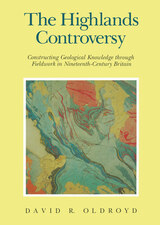
Oldroyd uses archival material and his own extensive reconstruction of the nineteenth-century fieldwork in a case study showing how detailed maps and sections made it possible to understand the exceptionally complex geological structure of the Highlands
An invaluable addition to the history of geology, The Highlands Controversy also makes important contributions to our understanding of the social and conceptual processes of scientific work, especially in times of heated dispute.
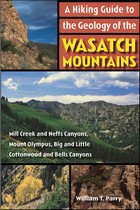
Northern Utah’s Wasatch Mountains are popular destinations for outdoor enthusiasts in every season. These mountains rise spectacularly from the relatively flat valley floor to thirteen peaks over 11,000 feet in elevation. An additional nineteen peaks rise more than 10,000 feet in elevation. Although many hiking guides exist for the Wasatch Mountains, there has been no guide book that focuses on the geologic features visible from the trails—until now.
Written by a recognized authority on the geology of the Wasatch Mountains, this guide is meant to enrich the experience of outdoor enthusiasts who want to understand the geological history and development of the Wasatch range. The first section of the book introduces the major geological time periods—the record of mountain building events from oldest to youngest, the effects of glaciation, and the development of the present topography. It then follows with a descriptive trail guide for each major trail system, including Mill Creek and Neffs Canyons, Mount Olympus, Little and Big Cottonwood Canyons, and Bells Canyon. Trail length, elevation gain, relative difficulty, and major geological features are outlined for each trail. Now you can hike these trails with the answers to all your geologic questions right at your fingertips.
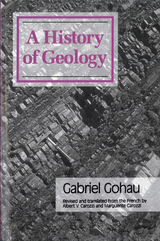
This book is by far the best history of geology available. It begins with the Greeks and ends with continental drift and plate tectonics. Gabriel Gohau also looks at the early theories of the formation of the world and then moves to philosophical debates over mountains, fossils, the Flood, volcanoes, and cycles of earth history that preoccupied the geologists and biologists of the late eighteenth and nineteenth century. After discussing the late nineteenth-century consolidation of theories about the mechanisms of changes in the earth, he concludes with an account of twentieth century geology's scientific revolution.
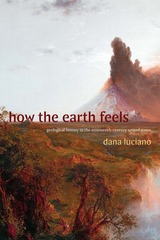
READERS
Browse our collection.
PUBLISHERS
See BiblioVault's publisher services.
STUDENT SERVICES
Files for college accessibility offices.
UChicago Accessibility Resources
home | accessibility | search | about | contact us
BiblioVault ® 2001 - 2024
The University of Chicago Press









